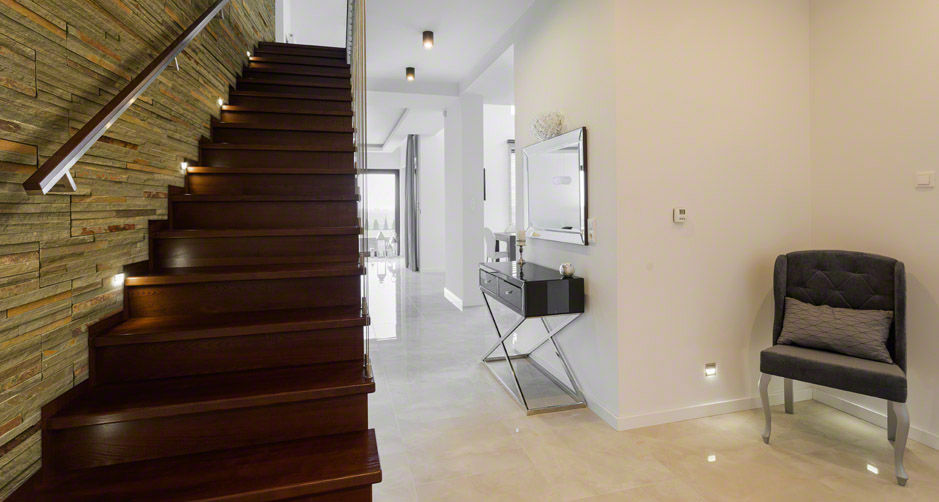Mood Changers: Why Lighting is The Most Important Design Feature
- evolvenevadapm
- Sep 29, 2022
- 3 min read
Updated: Feb 23, 2023

Furniture, paint colors, and the decorative accessories in a room are essential for setting the mood. But none of these design elements matter as much as the lighting. The importance of lighting in a room’s interior design goes beyond providing illumination. As SGI Management points out, your home’s lighting can improve the other design details or diminish their impact.
Lighting will influence the way people who enter a room feel. Poor lighting can make a space gloomy, cramped, and uninviting. This can be true even if you have the best design accessories inside that room. On the other hand, a room may not have the most expensive furniture or décor, but the people in it will love its ambiance because of how the lighting is done.
But this is not just a question of how much lighting there is in a room. Too much lighting can be as damaging to a room’s ambiance as too little lighting. Good lighting is about finding that sweet spot where the lights are neither dim nor excessively bright. A good part of achieving this balance is knowing what kind of lights to use and where to place them in a room.
How does lighting determine the mood of a room, and how can you plan the lighting scheme of your home or office for the best results?
How lighting affects people’s moods

When lighting a room, both light intensity and color are important. The brighter the lights in a room, the more energized the people inside that room will feel. At some intensity, the occupants of a room will experience sensations of warmth and comfort. But if the level of intensity surpasses that level, they will start to feel anxious and uncomfortable.
But the intensity is not the only quality of lighting that determines people’s responses, the color of light matters too. Generally, if light has a hint of reddish hues, it produces positive feelings in people. But light dominated by bluish hues tends to create anxiety in people—the effect of the underlying colors in light increases as the levels of light intensity increase.
What does this say about designing the lighting scheme for your home or office?
· Lighting is as important as space

Designing the lighting is as important as designing the space. The activities in the room should determine the light intensity level in rooms. Designing a space should not just be about its architecture. It should mean designing the area according to its lighting needs based on the room's purpose.
· Strive to imitate nature

The human mind and body are attuned to natural light. Our body rhythms are locked to the movements of the sun. Morning and sunrise coincide with wakefulness, alertness, and higher productivity levels. Nightfall stimulates sleep. When designing your home’s lighting, aim to mimic this natural system as much as possible.
· Implement flexibility in the lighting

The lights in a room interact with the colors on the walls to create the effect people in that room feel. While wall color and light colors are critical, you have more opportunities to alter the color of your lights than the color of your walls. It is easier to adjust the color of the lights in a room than repaint that room's walls.
Practical steps for designing a lighting scheme
The following are simple strategies to implement when lighting any space:

Work to incorporate as much natural light in the space as possible. Natural light not only improves mood but exposure to natural light makes it easier to fall asleep.
In learning environments, exposure to natural light dramatically improves test scores. In business places, the presence of natural lighting also improves sales.
Kitchens and workspaces require brighter and color-accurate lighting because the people in them must be alert and need enough light to see what they are doing clearly.
In living rooms and bedrooms, warm, mellow light is preferred. In the home as a whole, you should be able to lower light intensity to encourage winding down as bedtime approaches.
Entryways should be brightly lit to welcome guests, but there should also be a smooth transition from the bright light outside the door to the dimmer lights inside the living room.
Incorporate controls that let the people in a room control the intensity of the lighting throughout the day. An easy way to do this is to include dimmer switches.
Newer LED designs that feature built-in controls allow you to dim the lights to warmer temperatures. Installing these types of lighting is recommended.
This is how natural light works; it is cool in the morning, progresses to white light by noon, and decreases to a warm glow in the evening. This is also the lighting sequence your rooms should follow.

Comments